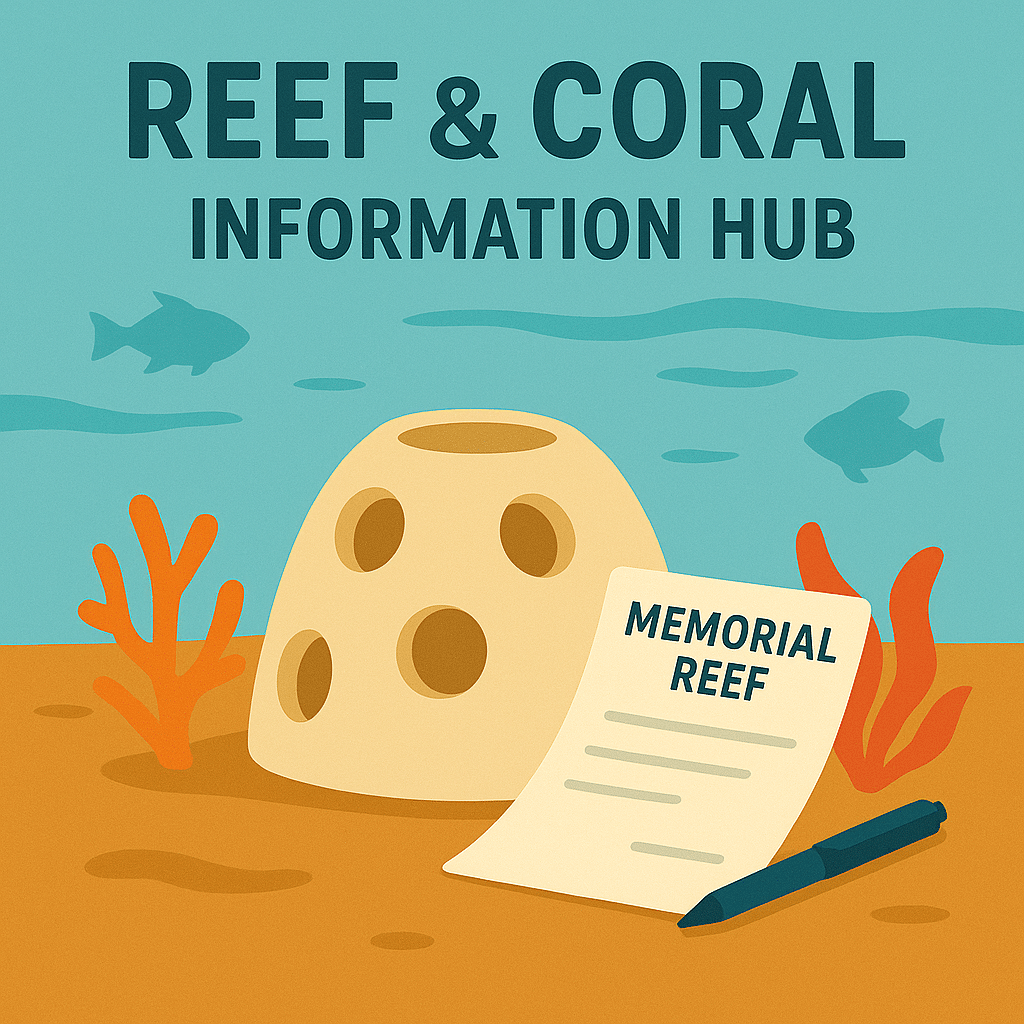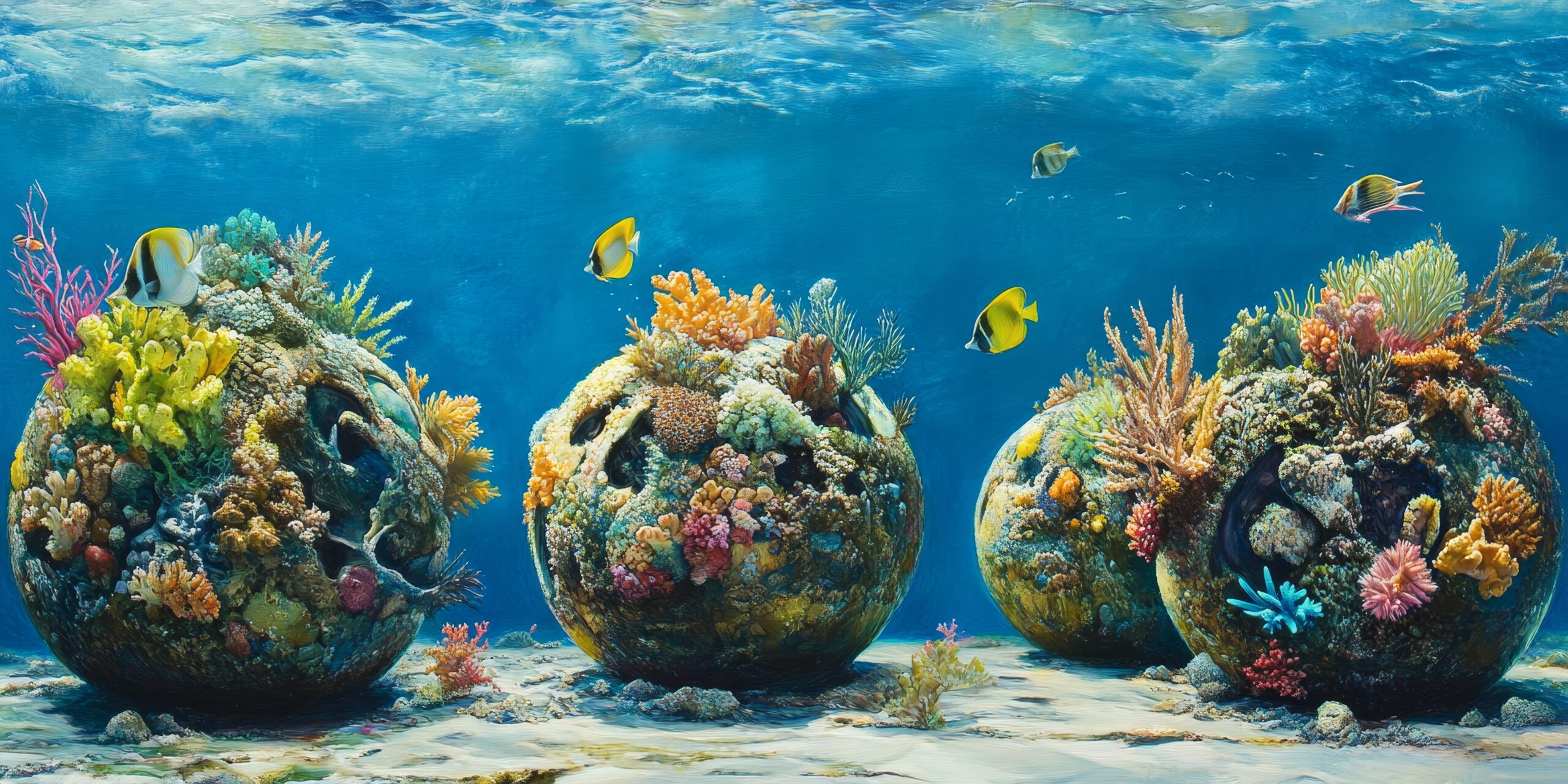Eco-Friendly & Nature-Based Memorials
The Reef and Coral Memorials Hub
Reef and coral memorials use cremated ashes to create underwater habitats that support marine life, offering a legacy that helps restore the ocean.

Key Things To Know
Reef and coral memorials combine environmental restoration with a meaningful final tribute. Here are the essentials to understand before choosing this option:
- Ashes Are Mixed Into Eco-Friendly Materials: Cremated remains are combined with pH-neutral concrete to form reef structures that are safe for marine ecosystems. The result becomes part of an artificial reef.
- These Memorials Help Marine Life Thrive: Once placed on the ocean floor, these structures provide habitat for fish, coral, and other sea life. Over time, they become living ecosystems that support biodiversity.
- You Can Choose a Memorial Reef Location: Memorial reefs are typically placed in designated underwater sites off the coasts of Florida, Texas, or other reef restoration zones. Families can often select from available sites.
- Placement Ceremonies May Be Offered: Some providers offer ceremonies at sea, allowing loved ones to witness or participate in the reef placement. Others include video documentation if travel isn't possible.
- Plaques and Personalization Are Available: Most reef structures include a memorial plaque with the name, dates, and a short message. Some allow for additional design elements like handprints or embedded keepsakes.
- This Is a Legal Final Disposition: Unlike some symbolic options, reef memorials are recognized as a legal form of ash disposition. The remaining ashes are not returned and the process is documented.
Articles
Frequently Asked Questions
Disclaimer: The information provided on this website and by Buried in Work is for general informational purposes only and should not be considered legal advice. Please consult with a qualified attorney or subject matter expert for advice specific to your situation.

